Lara Williams: Deadly fungi are here, and they're spreading
Published in Op Eds
What spoils our crops, kills about six times more people than malaria every year and is breathed in by each of us every single day? It’s not a virus or bacteria, but something even more formidable: fungi.
Aspergillus spores, for example, are ubiquitous in our environment. Most of the time, this group of molds cause no harm, but exposure to a pathogenic variety such as Aspergillus fumigatus or Aspergillus flavus can make an unlucky few, typically those with weakened immune systems or lung ailments, extremely ill. Invasive aspergillosis, for example, is a disease caused by spores invading lung tissue. An estimated 2.1 million people globally develop the disease every year, and 1.8 million people die.
What’s more terrifying than those odds? Perhaps the impact that climate change may have on these pathogens, which we’re ill-equipped to respond effectively.
Fungal pathogens are the underdogs of the medical world — largely understudied and underfunded — partly because fatal disease most often occurs in immunocompromised populations or developing countries. The most common infections known to the public are minor — athlete’s foot, thrush, ringworm — and so the idea of a deadly fungus is limited to science fiction, such as the video game-turned-TV show "The Last of Us."
But these infectious agents shouldn’t be underestimated. Right now, we have a helpful innate defense: Our body temperature is too high for most species to survive. Yet there’s one thing that fungal pathogens have in common: the ability to grow well in hotter environments. For A. fumigatus, anything from a warm compost heap to a toasty human body does just fine. That’s why they’re so good at infecting us — and why the climate crisis is worrying to medical mycologists.
A study, published on preprint platform Research Square and funded by charitable foundation the Wellcome Trust, used climate modeling and forecasts to map how the global distributions of three Aspergillus strains — A. flavus, A. fumigatus and A. niger — could be expected to change under different warming scenarios. Their geographical ranges differ according to environmental variables such as annual mean temperature and annual precipitation, and so it’s expected that these fungi will find new places to thrive as global warming alters the environment.
Under the most severe warming scenario, which imagines a world that continues to rely heavily on fossil fuels, all three species push northward with A. fumigatus increasing its spread by about 77.5% as temperatures rise and rainfall patterns change in the Northern Hemisphere. The modeling also points to a potential rise in Europe and Australia of people living alongside these fungi, an ominous insight into the regions’ coming disease landscapes.
Some of the other findings might seem broadly positive — Africa, Asia and South America show large potential reductions in the number of people living in suitable areas for Aspergillus, for example — but there are several reasons to be alarmed.
First, the study didn’t account for the possibility of the species adapting to warmer temperatures, something that lead author Norman van Rhijn, Wellcome Trust research fellow at the University of Manchester, told me was “very likely.” That would mean fungi could maintain their current range as well as spread to new regions.
As with vector-borne diseases such as tick-borne encephalitis and dengue, part of the challenge with migrating pathogens is that medical professionals may not know what they’re being presented with.
Invasive aspergillosis and other fungal diseases are already extremely hard to diagnose as their symptoms are generic, and testing is complex, particularly when patients are critically ill. A 2022 study showed that many cases are missed altogether and only diagnosed at autopsy. Out of 67 cases of fatal invasive aspergillosis, only 27% were diagnosed or suspected to have the disease by clinicians. Diagnosis will only be complicated further if doctors in newly suitable areas aren’t alert to the health risk.
Fungal diseases like aspergillosis aren’t easy to treat, either. Because fungi are much more closely related to human beings than either bacteria or viruses, it’s hard to find ways to kill the bug without also harming the patient. The pipeline of new antifungals has been largely stagnant for the past three decades thanks to the high risks and costs associated with their development, meaning we don’t have many effective treatments to choose from.
Meanwhile, drug resistance is becoming a larger problem. Aspergillus species also infect crops, so fungicides are a major tool needed to protect food security. The issue is that the main products available rely on the same mechanism to destroy the fungi that the antifungals use to treat serious infections. Studies have shown that airborne spores of A. fumigatus are now commonly resistant to current drugs.
Just recently, there was hope on the horizon in the form of new treatment options that tackle these infections in diverse ways. Yet it may already be too late. A new antifungal, olorofim, for example, is in late-stage clinical trials. But a fungicide called ipflufenoquin kills in the same way and has beat the drug to market in the U.S., Australia and Japan, and it’s pending approval in the European Union.
Exposure to the fungicide, sold under the trade name Kinoprol, could turn the £250 million ($336 million) of investment and two decades of development spent on olorofim into a waste of time and money by allowing Aspergillus to develop resistance before it’s been deployed in the clinic. A similar predicament exists with another drug, fosmanogepix, and fungicide, aminopyrifen.
The crisis shows how important a comprehensive approach is to environmental and human health in a climate-changing world. Agricultural and medical bodies need to work together to address these common issues. The One Health movement pushes for this, which has led to some successes around the world, but government departments, research bodies and companies remain too often siloed, and initiatives are still falling short. If we don’t start collaborating, we’ll keep walking ourselves into the same difficult positions while wasting money and resources.
For Elaine Bignell, professor of medical mycology at the University of Exeter, this study and others like it are important because they help raise awareness: “Over the last half century, a miniscule amount of funding — from governments, charities, philanthropies — have gone toward fungal disease,” she said. Though they do mostly affect those who are going through chemotherapy, organ transplants or severe respiratory issues, Bignell points out that any of us could fit into one of those boxes in the future.
As fungi adapt to a hotter world, new diseases emerge or existing ones may find it easier to infect us. Some mycologists argue that one has already emerged thanks in part to climate change: Candida auris, a new multidrug-resistant species, which appeared simultaneously on three continents in the early 2010s. It’s been found to spread easily among hospitalized patients, clinging to plastic medical equipment such as blood pressure cuffs and catheters and causing serious infections.
It’s not just temperature, either. Bignell said that another risk lies in sea-level rise. As seawater creeps further inland, more fungi will be exposed to high-salt environments. Adaptation to salinity may also help fungi withstand the conditions in the human body. As Bignell told me: “The tougher fungi get in response to stressors in the environment, the harder it’ll be for us to fend them off.”
The Last of Us has exposed the public to the idea of a future deadly fungal pathogen, but what’s less appreciated is that they’re already among us. More research, regulation and monitoring are desperately needed to combat them. Environmental health and human well-being are inextricably linked, and we should start acting like it.
_____
This column reflects the personal views of the author and does not necessarily reflect the opinion of the editorial board or Bloomberg LP and its owners.
Lara Williams is a Bloomberg Opinion columnist covering climate change.
_____
©2025 Bloomberg L.P. Visit bloomberg.com/opinion. Distributed by Tribune Content Agency, LLC.







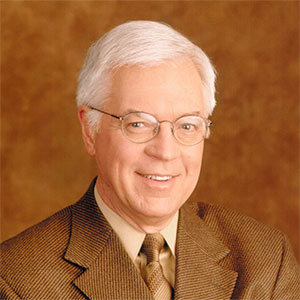
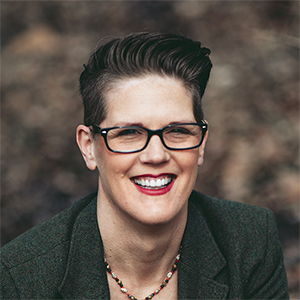
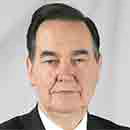

















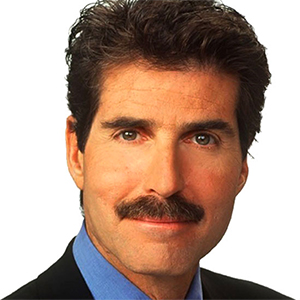









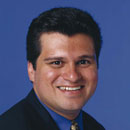













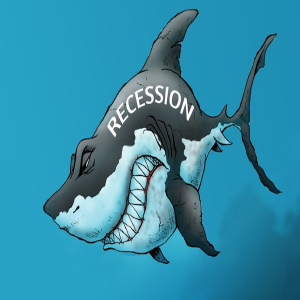





Comments